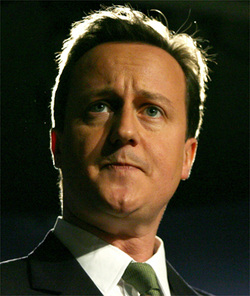The hawks among the members of the country’s Central Bank were disappointed. They had been on the verge of persuading their colleagues on the Rate Setting Committee to vote with them on an interest rate increase to hold down inflation. But the doves won out, mostly because of an independent survey released showing that inflation in Britain — at least according to this one source — was not likely to increase in the near future. The doves want to focus concern on the outlook for consumer spending instead. Not changing the rate, so they think, will serve as a stimulus. This unfortunate policy will stay in place at least until their next meeting in August.
The interest rate in the U.K. is now .5%, already at historically low levels. Not to say that the U.S. is not in worse shape with an interest rate that hovers between 0.0% and .25%. Remember, the EU’s interest rate is now 1.25%, one whole point higher than the U.S. Germany, the economic engine of Europe and the EU, did much better last year than the U.S. in its rate of economic growth.
Fear of inflation — not stimulus — should be the chief concern of the Bank of England as well as the Fed. The Germans can’t forget the hyper-inflation of the 1920’s. We shouldn’t forget it either. History has a way of repeating itself.
